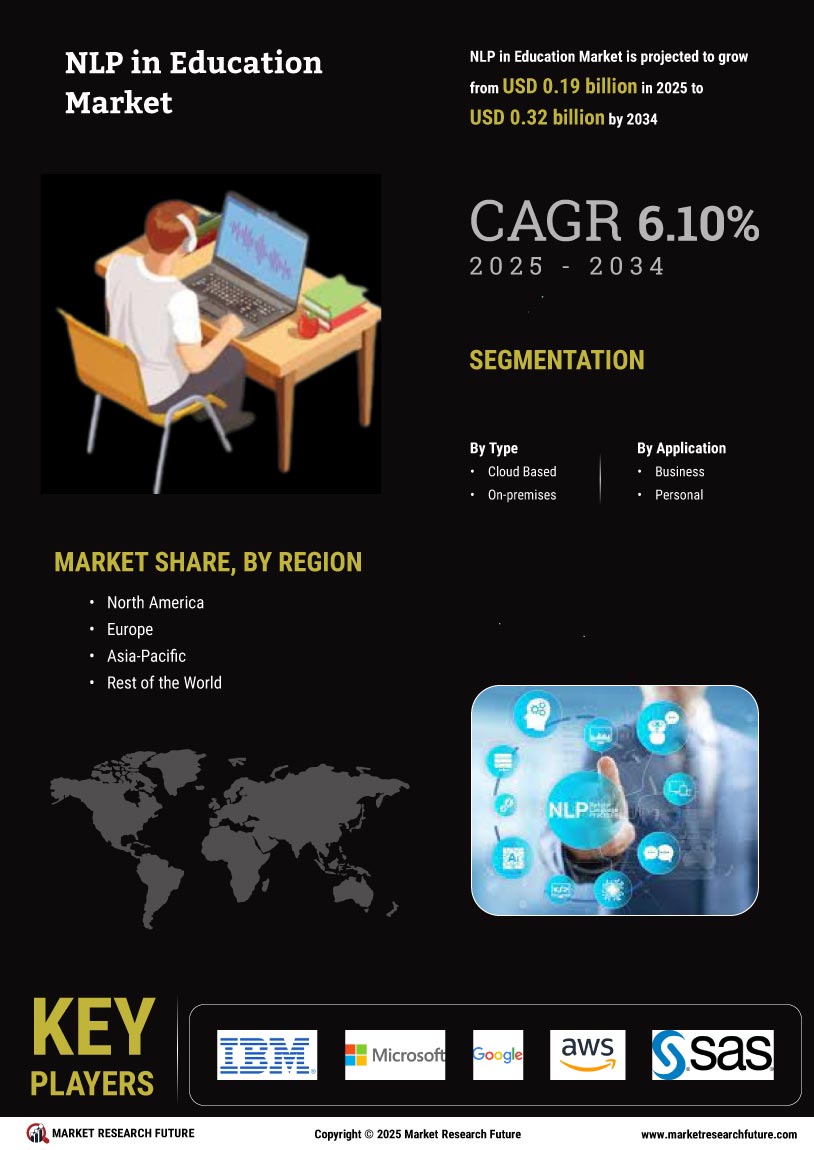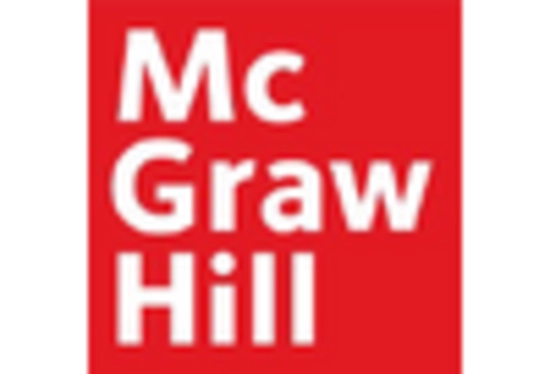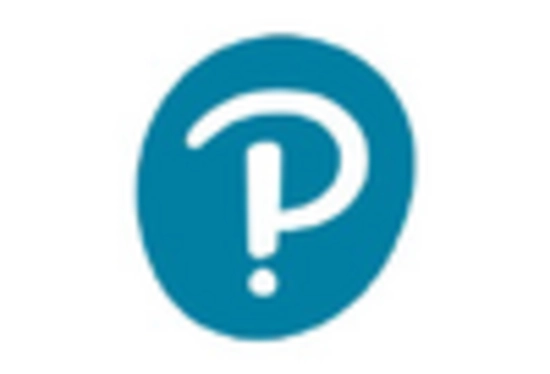Intelligent Tutoring Systems
Intelligent tutoring systems powered by NLP are transforming the educational landscape. These systems provide real-time feedback and support to students, simulating one-on-one tutoring experiences. The NLP in Education Market is witnessing a surge in the development of such systems, which utilize advanced algorithms to understand student queries and provide relevant responses. Research indicates that students using intelligent tutoring systems can achieve up to 50% higher retention rates compared to traditional learning methods. This trend suggests a robust future for NLP applications in education, as institutions seek to enhance learning efficiency.
Personalized Learning Experiences
The NLP in Education Market is increasingly focusing on personalized learning experiences, which cater to the unique needs of individual students. By leveraging natural language processing technologies, educational institutions can analyze student data to tailor learning materials and assessments. This customization enhances student engagement and improves learning outcomes. According to recent studies, personalized learning approaches can lead to a 30% increase in student performance. As educational institutions adopt these technologies, the demand for NLP solutions is expected to rise, driving growth in the NLP in Education Market.
Automation of Grading and Feedback
The automation of grading and feedback processes is a significant driver in the NLP in Education Market. Natural language processing technologies streamline the assessment process, allowing educators to focus more on teaching rather than administrative tasks. Automated systems can evaluate student submissions, providing instant feedback and reducing grading time by up to 70%. This efficiency not only enhances the educational experience for students but also alleviates the workload for teachers. As educational institutions increasingly adopt these automated solutions, the NLP in Education Market is poised for substantial growth.
Data-Driven Insights for Educators
The integration of NLP technologies in education provides educators with data-driven insights that can inform teaching strategies. The NLP in Education Market is evolving to include analytics tools that process vast amounts of student data, identifying trends and areas for improvement. Educators can leverage these insights to adapt their instructional methods, ultimately enhancing student learning experiences. Studies indicate that schools utilizing data analytics report a 20% improvement in student engagement. As the emphasis on data-driven decision-making continues, the demand for NLP solutions in education is expected to expand.
Language Accessibility and Support
The NLP in Education Market is addressing the need for language accessibility and support, particularly in diverse classrooms. Natural language processing technologies enable the translation of educational materials into multiple languages, ensuring that non-native speakers can access the same quality of education as their peers. This inclusivity is crucial, as it fosters a more equitable learning environment. Recent data shows that institutions implementing language support tools experience a 25% increase in student participation among non-native speakers. Consequently, the demand for NLP solutions that enhance language accessibility is likely to grow.

















Leave a Comment